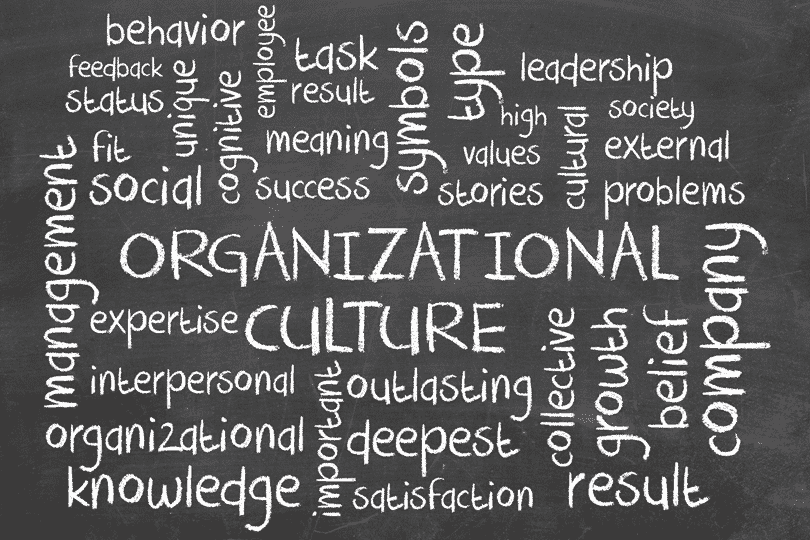Culture and the World Around Us
Mary Breslin, CIA, CFE, Founder of Verracy
February 28, 2022
Culture and the World Around Us
In the past two years, we have collectively seen a lot. A global pandemic, Kobe Bryant, George Floyd, Ahmaud Arbery, BLM, Boy Scouts bankruptcy, Facebook and Twitter algorithms, Wirecard, mass shootings, Solarwinds, vaccine wars, UFOs, hurricanes, tornadoes, wildfires, RBG, murder hornets, Space Force, space race, Jeffrey Epstein, political divide, January 6th, GameStop, Robinhood, Texas winter storms, Suez Canal, cryptocurrency, NFTs, Surfside, [gasp for air] Colonial Pipeline, voting laws, redistricting, Olympics, countless sexual harassment cases, mental health, Afghanistan, PPP, CARES & unemployment fraud, Megan Markel and Prince Harry, housing crisis, pronouns, infrastructure bill, abortion laws, Peleton, Astroworld, Meta, Better.com, remote…everything, Zoom fatigue, climate change, and now Ukraine. Whew! That feels like the sequel to Billy Joel’s, “We didn’t start the Fire”.
Cultural Norms and Right or Wrong
At the heart of most of these issues is often a conversation about right and wrong, even with mother nature there is a great divide over how much responsibility we have as a people for climate change and what we should do about it. Everyone’s perception of right and wrong is personal, but it is often largely driven by cultural norms and prior experiences. Societies are individualistic, like ours in the United States, where individual rights, beliefs and ideals take precedence. Other societies are collectivistic, where harmony and the greater good take precedence over individuals. What is perceived as right or wrong will be quite different in those two different types of cultures.
Organizational Culture
When we look at organizations, the culture they build has even more of an impact on human behavior because of the exposure to it day after day. Culture is the single greatest driving force for behaviors, good and bad, in an organization which is why more and more organizations should be looking to assess theirs.
There are many factors that form and impact culture in an organization – tone at the top, communication, feedback mechanisms, human resource policies and practices, incentive and measurement programs, training programs, context, attitudes and history – which can make understanding and assessing a culture both difficult and subjective. The idea that it is too subjective often causes organizations to refrain from trying. While there is certainly always going to be some subjectiveness to assessing a culture, I strongly believe it can be done. Culture may be perceived as a “feeling” and therefore subjective, but there are many things that can be measured to support anything seemingly subjective.
We talk about toxic people. What about a toxic department? How do we prove toxic? It is actually quite easy. People working in an environment that isn’t healthy, are not happy. Happy people do not want to come to work, and it shows. That department will have higher turnover, more absenteeism, greater tardiness than the rest of the organization. Communication will likely be one directional. Feedback will be minimal on nonexistent and when it does occur it will be focused on the negative. Comparing a “toxic” area to other areas of an organization and to the organization on the whole should paint a clear picture, with facts and statistics to support it. The same can be done for the overall organization. Benchmark to other organization both in your industry and out.
But management must want to assess culture. I am often asked how to “change” management’s attitude, focus, or perception so they see the importance of culture, assessments, etc. I have only two pieces of advice. First, try educating them. Sometimes executives are just hyper focused on strategy and vision and are naive or unaware of potential issues. This is often the case in younger organizations. Be prepared with facts, statistics, case studies and real-world examples of organizations that have faced serious consequences from their lack of awareness. If that doesn’t work, my second piece of advice is more straight forward, although a more difficult pill to swallow. Find another job. You cannot change an organization from the bottom up if management doesn’t want it. There has never been a successful grassroots effort to improve an organization’s culture.
The world is changing, organizational cultures are changing, what worked 5 years ago may no longer be working. Is leadership adapting to today or stuck in yesterday?
If you are interested in learning more about auditing culture, please look at our available courses.
